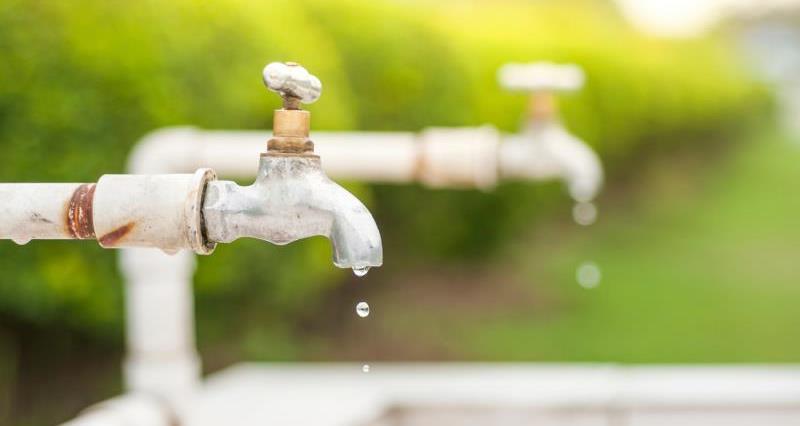The NFU would like to hear members’ experiences of problems and, wherever possible, how they were resolved, ahead of a meeting with the advisory body responsible for the regulation of water supply fittings on farms.
Please send your comments to Paul Hammett before 4 August.
Find out more:
The body responsible for overseeing the water fittings requirements is the Water Regulations Advisory Scheme. Click here for a comprehensive leaflet providing information and guidance for agricultural premises.
What are the regulations designed to do?
The regulations are designed to prevent the waste, misuse, undue consumption, contamination and erroneous measurement of drinking water.
They set requirements for the design, installation and maintenance of plumbing systems and water fittings. They are enforced by water companies in their respective areas of supply.
The regulations apply to plumbing systems in any premises where there is a connection to take water from the public mains water supply – whether the public water supply is currently being used or not.
The main sticking point in adhering to the rules on farms comes when trying to find practical and inexpensive ways to prevent the risk of contamination of drinking water supplies.
Contamination of the mains water supply can occur through, for example, back siphoning where a vacuum in the water supply draws in liquid from the fitting.
A Somerset member tells us:
"The aim is to ensure that there can be no back siphoning of polluted water into the supply that provides drinking water. But back siphoning can only go as high as it is possible to syphon. That is a theoretical 10 metres vertically, in practice somewhat less. In my case, I was forced to change my fittings that were at a lower level than the 10m below the junction level with the drinking water supply.”
